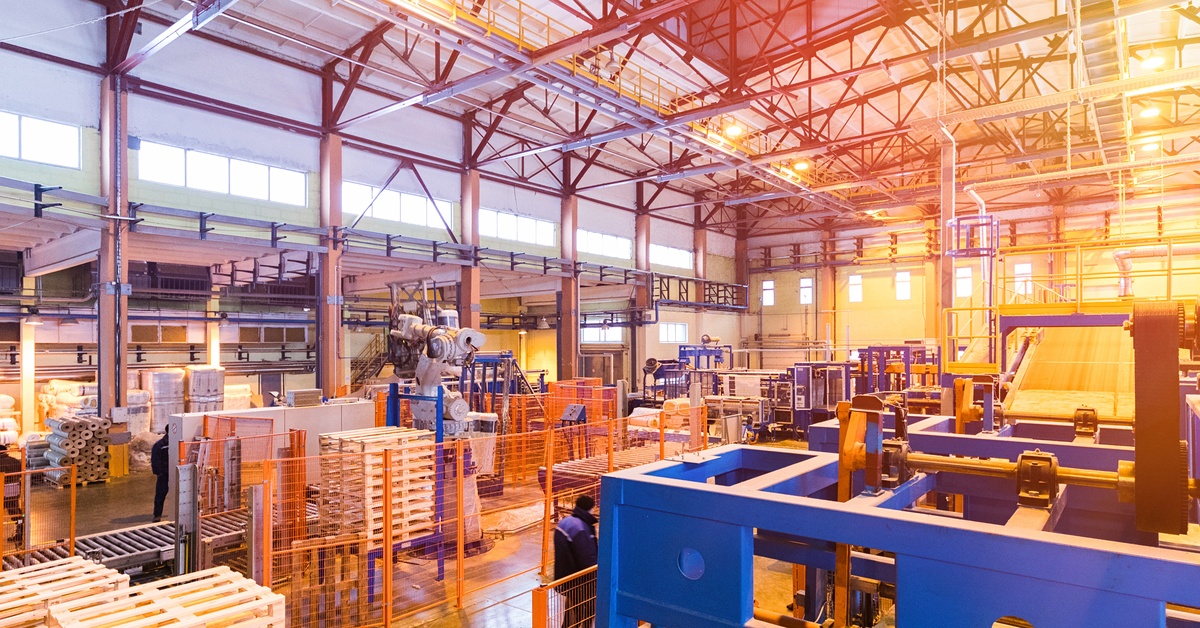Warehouse automation has changed how businesses manage inventory, boosting speed and accuracy. However, pallet compatibility can make or break that efficiency. As robotic systems and automated equipment get more advanced, the pallets that carry products need to work perfectly with that technology. When they don’t, the result is downtime, damaged goods, and delays.
Understanding why pallet compatibility matters in warehouse automation can save thousands of dollars in repairs and prevent headaches for operations teams. Pallets that don’t match system requirements can jam conveyor belts, confuse robotic arms, or even trigger safety shutdowns. Smart warehouse managers choose compatible pallets from the start to keep everything running smoothly.
Standard Sizes Keep Things Moving
Automated systems depend on precision. Robots, conveyors, and automated storage systems can move pallets with exact dimensions. A pallet that’s too wide might get stuck in a conveyor, while one that’s too narrow could fall or slip past safety sensors. Sticking to standard sizes means fewer interruptions and more consistent performance, which national pallet solutions can easily support.
Weight Balance Matters
Robotic systems lift and move pallets based on expected weight and balance. When a pallet is unevenly loaded or has an unpredictable center of gravity, these machines may degrade or break down over time. Manufacturers can create custom wood pallets to match the exact needs of a warehouse automation system. They offer consistent weight distribution, making it easier for equipment like automated guided vehicles (AGVs) and robotic forklifts to work efficiently and safely.
Material Quality Affects Sensor Performance
Many automated systems use barcode scanners, RFID readers, and cameras to detect and guide pallets. If a pallet has rough or inconsistent surfaces, it can throw off those sensors and lead to errors, rejected pallets, or unnecessary delays. High-quality materials and finishes help automation systems perform as intended. That’s why companies turn to national pallet solutions; providers are already familiar with these technologies.
Strength Matters for High-Pressure Operations
Automation moves fast, so weak or damaged pallets can break under pressure, damaging products or expensive equipment. Durable pallet choices offer strength and reliability, holding up under repeated use without falling apart. Regular quality checks help professionals take broken pallets out of circulation before they cause problems, and national pallet solutions can reduce risks.
Maximize ROI With the Right Fit
When considering the cost of automation, focus on compatibility. Pallets that match system specs improve throughput, reduce downtime, and extend equipment life. Using compatible pallets also makes it easier to add or upgrade automation without reworking the entire pallet inventory. That flexibility supports long-term savings and performance gains.
Take the Next Step With a Trusted Source
Choosing pallets that work with your automation systems boosts productivity and protects your investment. Understanding why pallet compatibility matters in warehouse automation is the first step to running a smoother, safer, and more efficient operation. Review your current pallet setup and reach out to First Alliance Logistics Management, which specializes in streamlining automation logistics. Make the right pallet choices that pay off with performance and savings.

